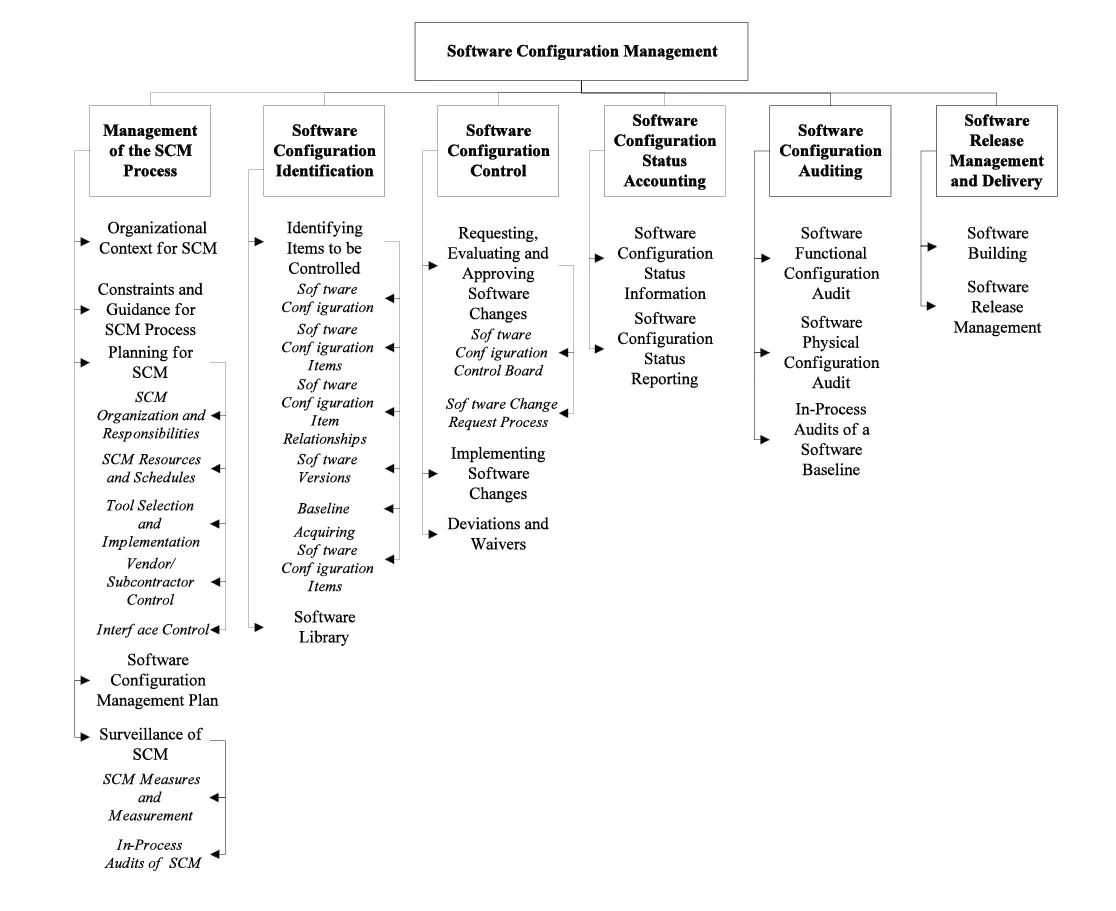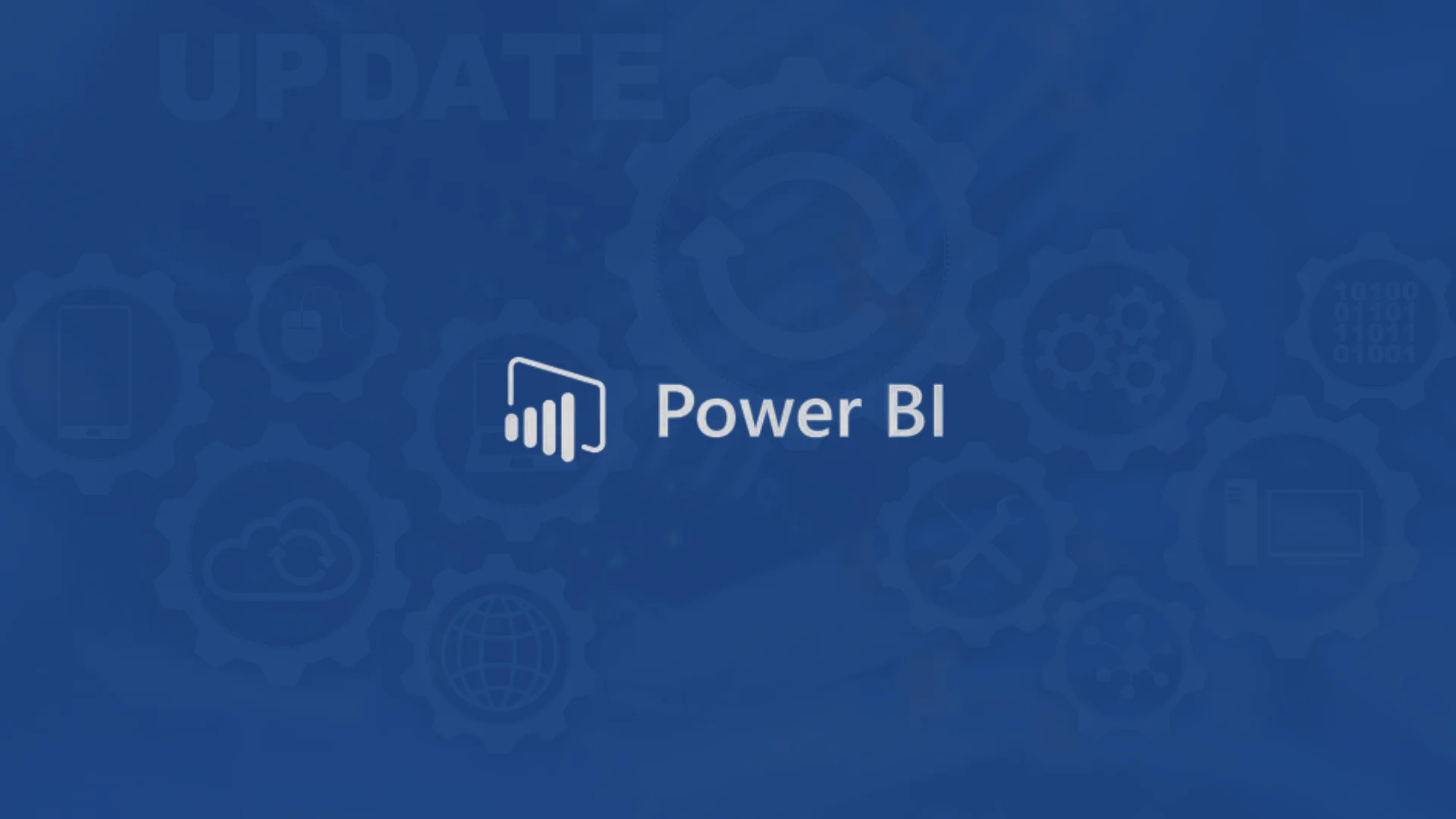Contents
Introduction
In this constantly evolving world of technology, managing multicloud networking is crucial yet difficult thing, Integrating DevOps strategies into multicloud can help streamline operations and improve efficiency. Furthermore offers an opportunity to bridge the gap between the complexity of multicloud networking and the need for agility and reliability. By promoting automation, continuous integration, and collaboration between development and operations teams, DevOps can enhance the management of multicloud environments, allowing organizations to adapt more effectively.
PaC ( Policy as Code )
In a multicloud setting “Policy, as Code” serves as a DevOps approach to managing and enforcing policies, rules and compliance standards. This strategy involves expressing company policies as code that can be understood by machines. Subsequently these code snippets are integrated into deployment pipelines and DevOps workflows. For example an organization can utilize tools like Terraform developed by Hashicorp or AWS CloudFormation templates to translate their policies into code if they have resource naming conventions or regulations pertaining to security and cost control. These policy as code scripts undergo verification to ensure that the resources generated comply with the specified policies whenever there is provisioning or modification of infrastructure. This approach ensures policy enforcement, automation, efficiency and compliance, in multicloud environments.
Listen to the conversation between 2 CTOs of Hashicorp on how policy as code brings speed and protection to DevOps
Interoperability
Interoperability plays a role in DevOps strategies for managing multicloud environments. The key focus is on establishing coordination and communication among cloud platforms regardless of the specific providers involved. Lets consider an example of a company that utilizes providers like AWS and Azure. By embracing interoperability they can develop Infrastructure as Code (IaC) templates using tools such as Terraform or Kubernetes. This ensures compatibility and consistency across both clouds reducing complexities. Additionally the utilization of standards and APIs guarantees data portability and application resilience. Such an approach empowers organizations, with the flexibility to adapt between cloud providers as needed thereby enhancing the resilience and versatility of their multicloud strategy.
Configuration management
Configuration management plays an important role in the world of DevOps, particularly when dealing with infrastructure and application configurations across multiple cloud platforms. Its primary function is to ensure uniformity, reduce the likelihood of errors, and enhance scalability.
For instance, in a scenario where an organization operates on various cloud providers like AWS and Azure simultaneously, tools like Ansible come to the rescue. They enable the definition of infrastructure as code, allowing for the consistent deployment and management of resources across different cloud platforms. This, in turn, simplifies operations and guarantees reliable multicloud application deployments. Configuration management serves as a cornerstone practice for DevOps, empowering teams to automate and streamline the management of complex multicloud environments. By maintaining uniform configurations and minimizing manual interventions, it significantly boosts efficiency while reducing the risk of errors.

Picture Source: Champagne, R., & April, A. (2014). “Chapter 7 – Software Configuration Management.” In R. Champagne & A. April (Eds.), Software Engineering Body of Knowledge. IEEE-Computer Society Press.
Synchronization
Synchronization is the process of maintaining uniformity among various elements, such as data, configurations, and processes, across multiple platforms to ensure consistency, reliability, and seamless operation within complex, distributed environments.
Synchronization is essential for effectively managing multicloud infrastructures in the DevOps domain. For instance, Infrastructure as Code technologies assure consistent configurations when deploying a web application across several cloud providers, while Continuous Integration/Continuous Deployment pipelines manage updates, pushing changes to numerous clouds concurrently. Data replication techniques improve overall system resilience and reliability by preserving data consistency across databases and storage. Real life example includes a multi threaded application uses locks to prevent data corruption when multiple threads try to modify a shared variable.
Cloud Security
Cloud security plays a crucial role in DevOps for multicloud environments. Its main purpose is to safeguard data and applications across multiple cloud platforms. A key strategy involves the implementation of centralized identity and access management (IAM) solutions that streamline user access control and authentication processes. For instance, companies utilizing AWS and Azure can employ a unified IAM system that efficiently manages user permissions and policies on both platforms. Employing this approach enhances security by minimizing human error, simplifying auditing procedures, and maintaining consistent access controls. Ultimately, it promotes a cohesive and secure multicloud DevOps environment.
Testing
In the case of a multicloud, testing is the most critical element of the DevOps strategy to retain continuity in performance and availability across multivendor cloud providers. For instance, an e-commerce application runs on AWS as well as Azure. DevOps teams, with the continuous integration process and automated testing tools, check that apps function smoothly on both platforms – compatible, scalable, and failover scenarios. Continuous integration and continuous delivery pipelines are hence built to run such tests continuously across the multicloud environments for early detection and resolution of issues by the developers in order to avoid pitfalls in these varied environments. Through this, downtime is minimized, customer satisfaction guaranteed, and optimal gains achieved from multicloud deployment.
Cloud agnostic approach
Cloud agnostic approach refers to designing systems and applications to be independent of any specific cloud provider, which enables flexibility and the ability to work across multiple cloud platforms. This strategy aims to make applications and infrastructure independent of any specific cloud provider, ensuring flexibility and minimizing vendor lock-in. Basically, organizations can easily use their applications across multiple clouds platforms without the hassle of moving between them. They do this by using cloud-specific services, which allows them to deploy and manage their applications across platforms like AWS, Azure, and Google Cloud. The ability to switch providers or use a hybrid cloud setup is maintained, optimizing cost and reducing operational complexity in the process. Using this approach improves adaptability and resilience for a multicloud environment.
Building your app in a cloud-agnostic way is so valuable. 🙌
Use more abstract platforms so you can break down your architecture to the highest common denominator without choosing the actual implementation. 👩💻#Zeet #CloudAgnostic pic.twitter.com/sxdABKy1GC
— Zeet (@Zeet_Co) February 12, 2023
Monitoring
DevOps in multicloud systems heavily relies on monitoring, which helps with performance optimization and real-time problem detection. Imagine a company that makes use of Google Cloud, AWS, and Azure. They require a system that compiles data from all three platforms if they wish to base choices on data. Utilizing this, they are able to identify issues such as resource constraints and security concerns. They can prevent higher expenses and address the issue before it becomes worse and enables simpler operations. There is greater opportunity for error and slowdown when using several clouds, but an effective monitoring system will take care of those right away and enable teams to make smarter decisions more quickly, ultimately increasing the reliability of their applications.
Adobe uses multicloud monitoring to optimize Adobe Creative Cloud. Netflix relies on Spinnaker for multicloud deployments and real-time monitoring.
Communication
In any DevOps strategy, communication is key, especially for multicloud settings. It ensures smooth collaboration between teams and providers. Let’s say we want to deploy a new feature on multiple clouds. One slip-up in communication can easily lead to blurred tests and disorganized deployment. None of that we want as it prevents downtime and makes the application more reliable. Instead, clear messages between the development and operations team can prevent this from happening and improve the overall performance of a multicloud setup.
Effective communication in multicloud DevOps ensures seamless cooperation, preventing deployment conflicts, and enabling rapid issue resolution for optimal performance.
Documentation
In multicloud environments, documentation becomes a critical DevOps strategy. It guarantees efficient collaboration and transparency. Whenever teams create detailed documentation, it allows them to streamline processes such as deployment, monitoring and maintenance. In a multicloud setup, code infrastructure templates (IaC), deployment scripts and runbooks are some examples of things that could be documented. These resources usually specify how to configure and manage resources across different cloud providers like Google Cloud, Azure and AWS. But more importantly it lets your team seamlessly scale and troubleshoot infrastructure while promoting consistency in both reliability and complexity in the ecosystem of multiclouds.
Conclusion
Integrating the above mentioned DevOps strategies for multicloud enhances flexibility, optimize costs, mitigate risks, invest in talent, and plan strategically for successful multicloud management.
Not only the above mentioned strategies but also beyond these, Load balancing distributes traffic evenly, maintaining application availability. Disaster recovery planning minimizes downtime and data loss. Dynamic resource allocation optimizes performance and cost-efficiency. Combining these strategies and broader principles such as adaptability, cost optimization, risk mitigation, and strategic planning empowers organizations to excel in the complex in multicloud networking.




